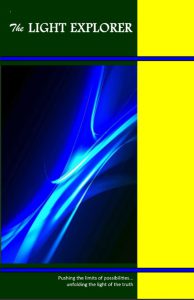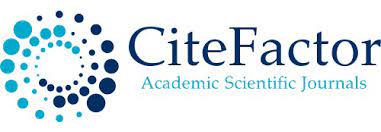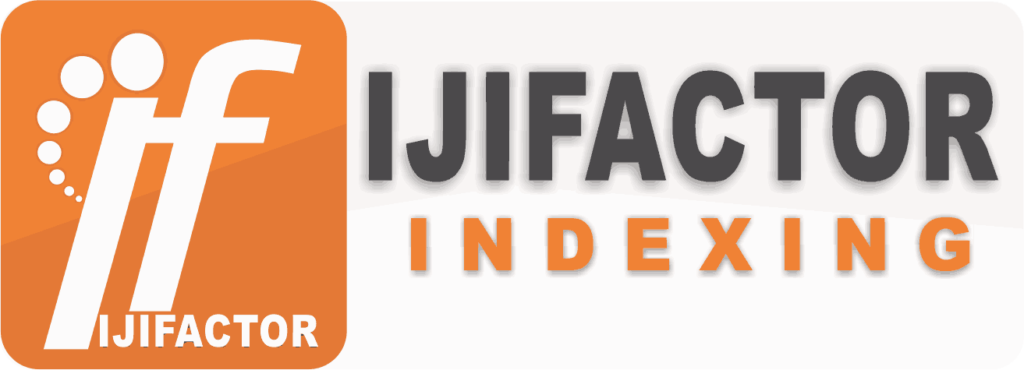Publication Process
The following section discusses the details of the journal’s’ publishing processes and describes how submitted manuscripts are handled until publication.
1 Author submits a manuscript
The corresponding author submits the research article following the journal’s guidelines for authors.
2 Journal editor screens manuscript
Within one week after its submission, each journal article undergoes a preliminary review by the journal editors. The journal editors decide among three options for routing the paper:
2.1 Send the paper for review by three (3) journal referees if the submitted paper meets the basic requirements set by the journal. The electronic copy of the submitted paper will not bear the name(s) of the author(s) when it is sent to the reviewer. The journal utilizes a double blind process of peer review.
2.2 Return back the submitted article if it does pass the preliminary review by the journal editors. The comments of the editors will be sent to the corresponding author for the needed revision.
2.3 Reject without peer review While a submitted manuscript has to go through the peer review process in order to be published, it can be rejected without peer review. There could be many reasons for rejection without review:
· Content of the article is not within the scope of the journal.
· Non-conformity with journal style, format, or guidelines.
· Duplication or large similarity with existing online published work or apparent plagiarism.
· Study results do not have novelty or are not significant enough
· Limited interest to journal target audience.
· Poor quality of research.
· Results or interpretation are incorrectly done.
· Lack of clarity/conciseness in the presentation.
3 Manuscript is peer reviewed
Within one week after the journal article’s initial submission and acceptance by the journal editors, the corresponding author is notified that the submitted paper will be subjected to double blind peer review for at most 2 weeks. The reviewers submit to the journal editors the results of their review and send the review results to the corresponding author.
4 Journal editor/editorial board decides whether to publish the submitted article or not
Once the peer review is done, the corresponding author of the article will modify do the needed revisions of the submitted article based on the reviewers’ comments, and this is repeatedly done until the editor sees that the submitted revised paper is already worthy of publication
Review Decisions by Reviewers and Editors:
1Accept in present form
The reviewer decides that the manuscript is ready for publication in its present form with at least two reviewers in agreement. The associate editor will sum up the results of the review and report them to the editor in chief. The paper will be subjected to final editing for online publication.
2Revision(s) Required
The reviewer decides that the paper is not yet ready for publication and needs revision with at least two reviewers in agreement. The associate editor sends the reviewers’ comments to the corresponding author for revision. The corresponding author should include with his(her) resubmitted revised version a new cover letter that includes a point-by-point response to the reviewers’ and editors’ comments, including an explanation of how he has altered his manuscript in response to suggested areas for revisions.
3Rejection of the Paper
The reviewers decide to accept the paper for publication with at least two reviewers in agreement. No revisions will be requested from the corresponding author for further consideration. The paper may not be resubmitted without substantial revision.
5 Copy Editing and Typesetting
Copy editing seeks to ensure that a submitted article conforms to the journal’s in-house style, that all of the referencing and labelling are done correctly, and the paper is relatively free from spelling and grammar construction errors. Typesetting deals with the appearance of the article — layouts, fonts, headings etc., both for print and online publication. Copy editing and typesetting are carried out by copyeditors (also called subeditors), who enhance the article so that the texts and figures are readable and clear to the would-be readers; choose keywords to maximize visibility in online searches as well as suitable for indexing services; and ensure that the paper conform to in-house style.
6 Proof Reading
The typeset gulley proof is sent to the corresponding author electronically as a PDF file. Corrections to the gulley proof should be minor – and the corresponding author should not rewrite or make substantial revisions to it.
7 Printing
The final text and cover proofs will undergo a thorough editorial review before it is accepted and printed. All accepted papers are published in the print edition and, in PDF and HTML formats, in the online edition of the journal, in full.











